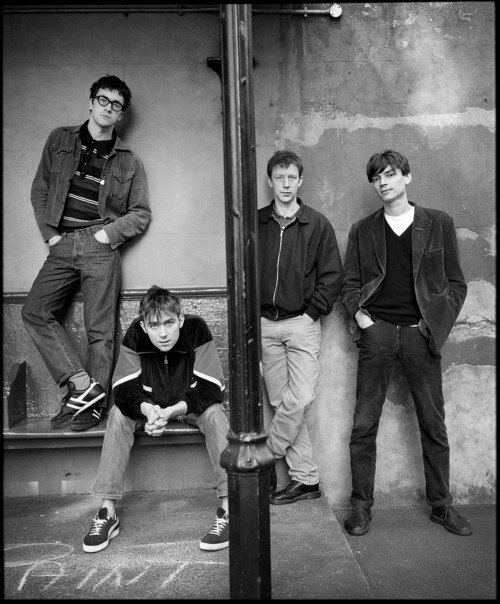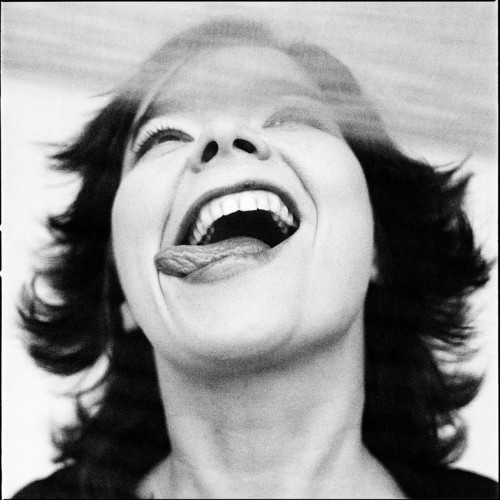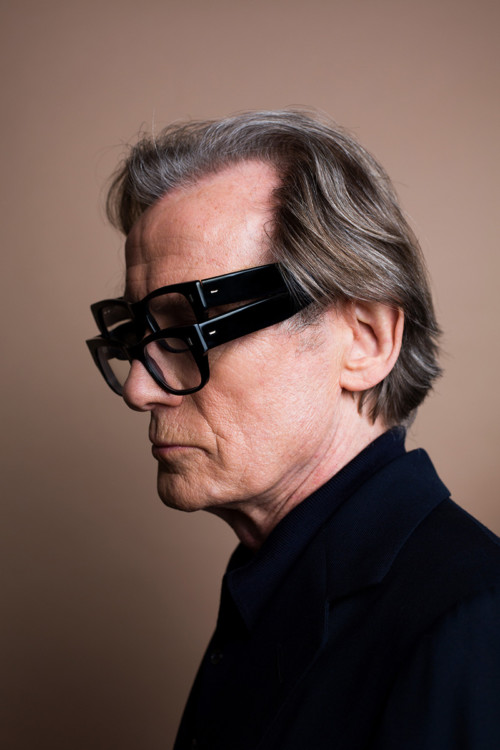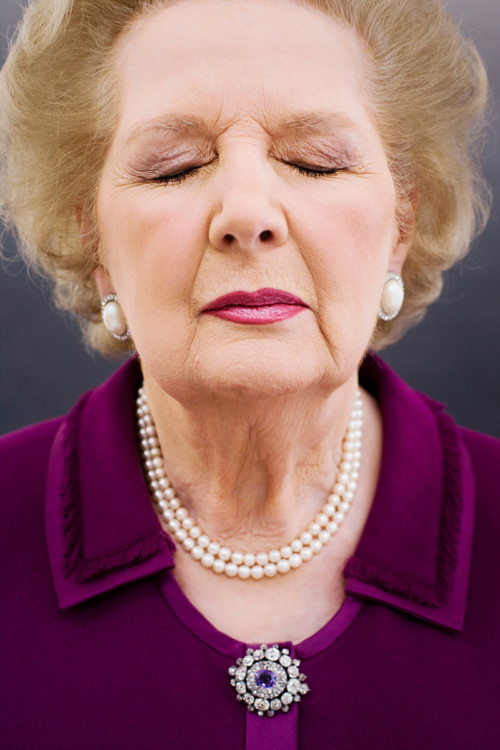-
Harry Borden: Blur
£ 625 – £ 5,800Blur photographed on Beaufort Street, Chelsea on 10 March 1994 Harry Borden recalls the session: "This was a shoot for Select, the colourful Britpop magazine of the 90s. First I took individual portraits in a studio behind the Bluebird restaurant on the Kings Road in Chelsea. It’s hard to believe now but the plan was to take these individual portraits and in post-production, colour each band member as a different race. I guess they wanted to illustrate the post-modern, multiracial Britain that the band celebrated. Thankfully the ‘black-face’ idea didn’t happen and they used this picture. After the studio session, I took them for a walk down Beaufort Street towards the river. We strolled into a Victorian tenement block and I found this strange lean-to. ‘Wet paint’ was written in chalk on the floor and there was an inconvenient streetlamp obscuring my view but I think it worked as a location. I used the post to make two photographs in one, dividing the group into its constituent parts. I often don’t know what I’m looking for but intuitively know when I’ve found it. When we got back to the studio, the mood was celebratory as we were shown the artwork for Parklife, their third studio album with the snarling greyhounds. The headline in the magazine declared them the best British band since the Smiths and 25 years on, maybe that doesn’t seem too hyperbolic." Available in a choice of physical size options. Please ask for framing options. Please allow 2-3 weeks between order and delivery for an unframed photograph. Framing adds 2-3 weeks. -
Harry Borden: Bjork, Reykjavik (1998)
£ 625 – £ 5,800Bjork photographed in Reykjavic, Iceland, on 24 September 1998 Harry recalls the shoot with Bjork: "Visually sophisticated and engaged in the process, it's not enough to get just a 'good' portrait of Björk. I'm sure every photographer who takes her picture has the image in their portfolio. This was from a memorable trip to Iceland with Lynn Barber for the Observer. Although I was only allocated 20 minutes, this photograph was lucky enough to win a World Press award in 1999. It was shot with my Hasselblad on Tri-X film. At the time I was experimenting with a lab that offered to process the film for next to nothing. When I scanned the negative I thought it looked a bit grainy but put any doubts to the back of my mind. After I received the fax from the World Press Photo, (it was before the ubiquity of email) I instructed my printer to make a beautiful analogue bromide. A few days passed before I got a panicked call from the lab explaining the neg was impossible to work with. They actually said it looked like it had been developed in Urine. Photoshop and a digital output came to the rescue but I learned a valuable lesson; Never economise with your work." Available in a choice of physical size options. Please ask for framing options. Please allow 2-3 weeks between order and delivery for an unframed photograph. Framing adds 2-3 weeks. -
Harry Borden: Bill Nighy
£ 625 – £ 5,800Bill Nighy photographed in the Sutherland Suite at the Connaught Hotel in Mayfair, London, February 2014 Harry Borden recalls the shoot: "Bill Nighy’s roles in films including Love Actually have made him one of Britain’s best-known actors. His distinctive glasses are an integral part of his brand. In February 2014, he was about to appear on BBC TV in David Hare’s political thriller Turks & Caicos, the second part of the acclaimed Worricker Trilogy. As part of the publicity drive, he was being interviewed for Spectator Life magazine and I was commissioned to shoot the portraits. The venue was the Sutherland Suite at the luxury Connaught Hotel in Mayfair. As always, I arrived at the location early and looked around the suite for good places to photograph him. I aimed to shoot with daylight most of the time, but also brought my lights and a tobacco-coloured backdrop. I’m always happy to do an environmental portrait and the hotel room suited that approach, but I had the backdrop just in case the hotel room was too cluttered. I also have black and white backdrops but felt they would be too sterile; the tobacco-coloured one was different and wouldn’t jar with what he was wearing. Nighy arrived, looking magnificent in a classy suit. He was very charming and erudite, and was very clear about how he wanted to appear. As the shoot progressed, I remember learning a lot about tailoring from him because he was talking in detail about design features he did and didn’t like in suits. I wanted to take a classic portrait, something that would stand out. I put up the tobacco-coloured backdrop and did a few pictures. Then I looked more closely at his glasses—and noticed that by chance we were wearing exactly the same glasses. They were a vintage pair with black frames, made by Cutler and Gross, and I suddenly realised I was missing a potentially interesting opportunity to mess with his brand. At that point I suggested he wear both my glasses and his at the same time. The idea was influenced by the photography of Asger Carlsen, who takes photographs that look like everyday pictures, but which are digitally altered to look strange or surreal. I was trying to do something similar but in-camera. I also decided to shoot him in profile, without showing his eyes. I was photographing him more as an object than a person – a familiar object, but one that has something unusual about it. I took the shot with my 50mm lens, with settings of 1/100sec at f/5, ISO 100. I lit him using a softbox. I think the other people on the shoot thought I was going a bit off-piste when I took this picture. It was one of those occasions when I had got all I needed for the commission and I wanted something for myself. Realising we had the same glasses was a serendipitous moment – if I’d planned it beforehand and asked a stylist to find the same glasses, they would have found it impossible. I was really pleased with getting this completely unexpected picture. It wasn’t used by Spectator Life but was displayed in the 2014 Royal Photographic Society International Print Exhibition. This one has a twist and that’s why I have it in my portfolio." Available in a choice of physical size options. Please ask for framing options. Please allow 2-3 weeks between order and delivery for an unframed photograph. Framing adds 2-3 weeks. -
Harry Borden: Baroness Thatcher
£ 625 – £ 5,800Baroness Thatcher photographed at The Lemonade Factory studios, Battersea, London, 9 October 2006 Harry recalls the shoot: " Like her or loathe her, Margaret Thatcher was a major figure in British life in the 1980s. She changed the country’s cultural and political landscape. My career as a photographer didn’t really take off until the early 1990s, by which time her political career was over. I never got the opportunity to photograph her in her pomp and glory, and thought I had missed my chance. Then in October 2006, I got a call from Time magazine. The editor was planning a special edition – 60 Years of Heroes – and my commission was to photograph Baroness Thatcher. Although by then I had photographed many famous people, getting this job was a brilliant moment in my career. During our meeting she held my hand and asked me several times, "When are the other people arriving?" She clearly thought I was shooting all the 'Heroes' at the same time, as if Mikhail Gorbachev, Nelson Mandela and her would be rubbing shoulders in this shabby studio in Battersea (picked because of it's proximity to her home). At the end she looked puzzled and said to me, “The others never came...” She was no longer 'The Iron Lady'. Just a once-formidable person succumbing to human frailty as we all eventually do. The ‘eyes-closed’ portrait was one of the last frames in the shoot and was taken using natural daylight. I hadn’t planned it. She just blinked and the idea for the picture came into my head. I asked her just to close her eyes. Even when I was taking the shot, I knew it was going to be an iconic picture. I used my Canon EOS-1Ds Mark II with a 50mm lens, with the camera on a tripod. The shoot lasted about 12 minutes. What makes this portrait special? I think when you get someone to close their eyes, they’re in a position where you can observe them. They seem vulnerable. Margaret Thatcher had so much dynamism and power, so when you see a photo of her in old age, and with her eyes closed, there’s something absorbing about looking at her and reflecting on how she affected our lives." Available in a choice of physical size options. Please ask for framing options. Please allow 2-3 weeks between order and delivery for an unframed photograph. Framing adds 2-3 weeks.




